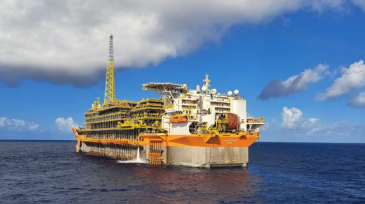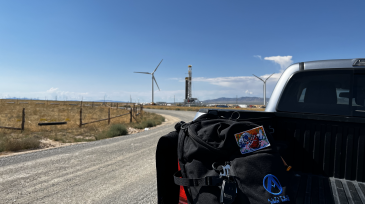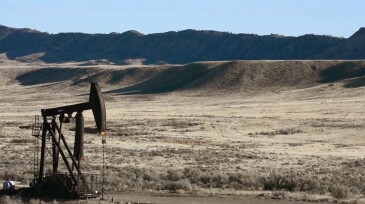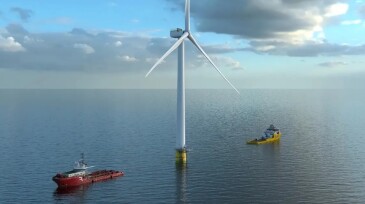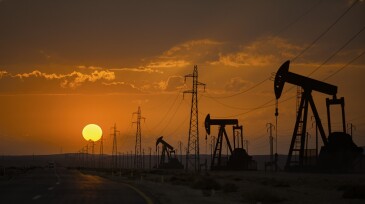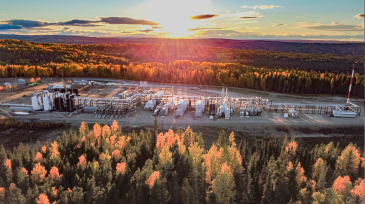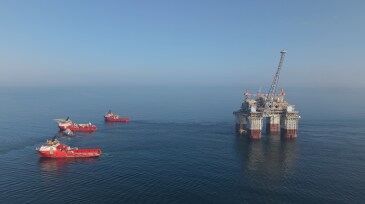Management
The agreement requires the partners to conduct their own proprietary 3D survey of Block 8 in hope of zeroing in on the sweet spot that eluded the TotalEnergies-led consortium when it drilled a dry hole in an adjacent block in 2023.
Murphy Oil’s Hai Su Vang (Golden Sea Lion) appraisal well reinforces the commerciality of the 2025 discovery.
The London-headquartered independent acquires position in the US Gulf while preparing Zama for final investment decision.
-
FPSO is the fourth unit to go online in the deepwater pre-salt Mero field in 3 years.
-
SponsoredAltitude Energy Partners optimized drilling efficiency by minimizing dysfunctions and protecting downhole components. Their directional drilling team ensured consistent curves and laterals through precise BHA design, modeling, and trajectory control—reducing nonproductive time and drilling costs, and achieving a 100% improvement in efficiency by pad completion.
-
The Göktepe-3 discovery boosts Turkey’s gas reserve estimates by 10%, supporting Ankara’s ambitions to become a regional gas export hub.
-
Gautam Swami, manager of corporate R&D at NOV and SPE member, shares his experiences in building a career in oil and gas R&D, discusses how innovation is shaping the industry, and offers guidance to young professionals.
-
The new policy aims to accelerate the leasing timeline and expand access to public lands.
-
Equinor said it plans to restart construction on the project, which currently is 30% complete.
-
The times are changing and so are our industry’s prospects, as hydrocarbons are now recognized as cardinal to affordable energy security for the conceivable future. But, in avoidance of suspense, the answer to the headline question is “absolutely.” Here we look at the rationale why.
-
Aramco’s latest MOUs focus on driving innovation and growth across oil, gas, and downstream sectors.
-
Strathcona doubles down on heavy oil—sells Montney assets for nearly CAD 3 billion, grabs Canada’s top crude-by-rail hub, and sets sights on MEG Energy in bold growth move.
-
Floatover topsides installation is the latest milestone in Woodside's $12.5 billion gas project.




